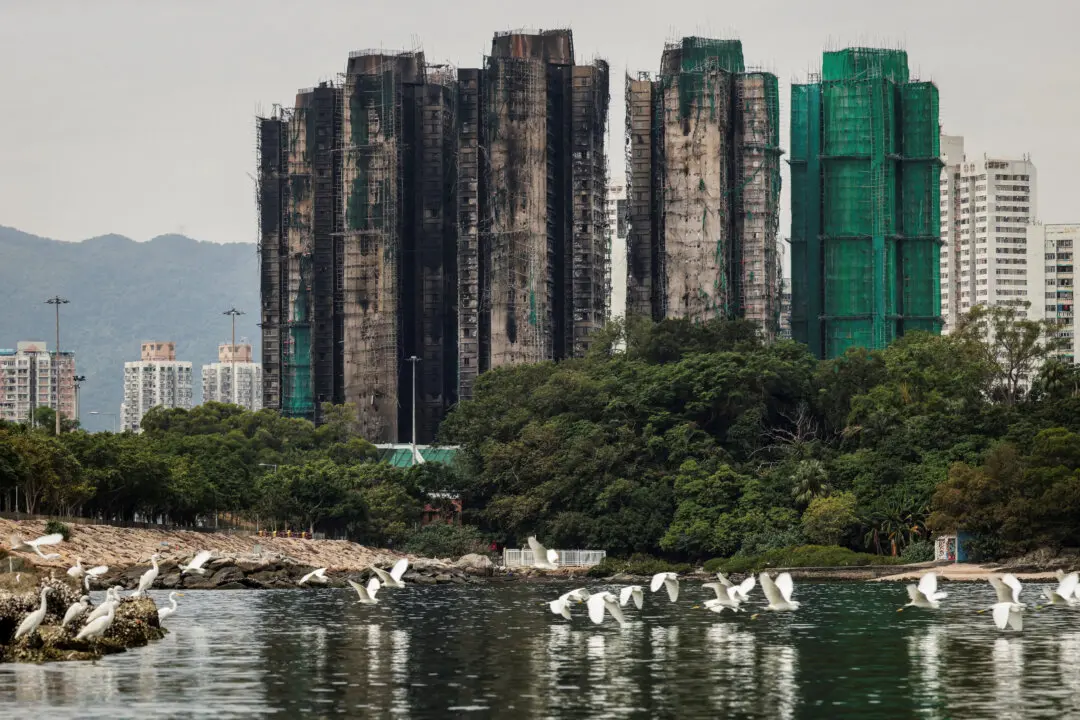The UK’s Prime Minister Boris Johnson has promised “clean, affordable, secure power” for future generations in the government’s new energy strategy.
The British Energy Security Strategy, published on Thursday, sets out plans to boost Britain’s domestic energy production including nuclear, low carbon hydrogen, wind, and solar.





